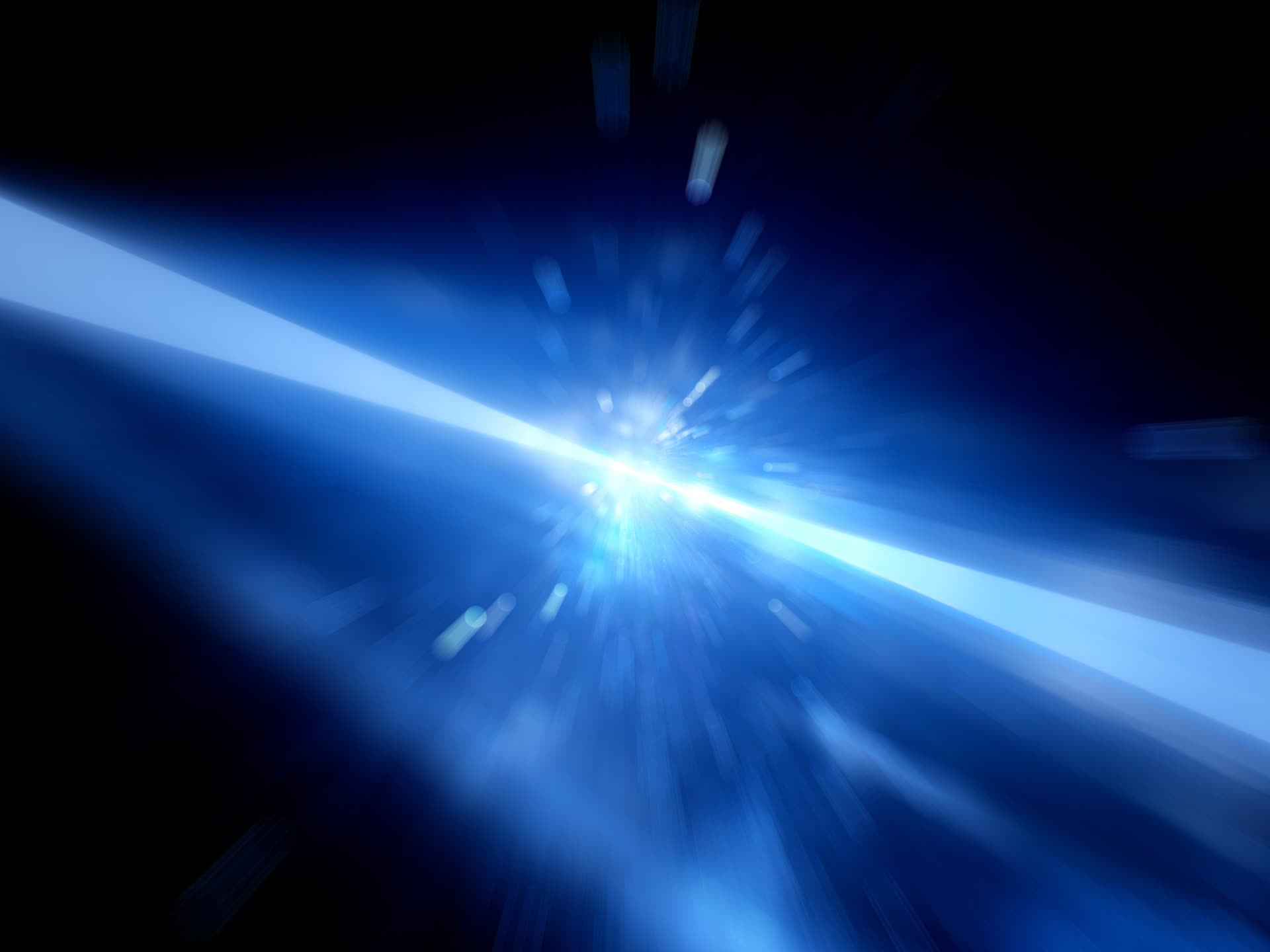Why it matters: Nuclear fusion – often a central element of science fiction stories – has been considered a virtually unattainable free-energy fantasy for many years. Recent experiments in the field have shown some promise, although we may still be many decades away from widespread sustainable implementation of the process.
Researchers have successfully replicated a fusion experiment performed late last year that produced the first recorded net gain from a nuclear fusion reaction in a laboratory. The results will stoke further interest in the potential of a holy grail of renewable energy.
Scientists at Lawrence Livermore National Laboratory (LLNL) announced the initial achievement last December, which produced 3.15 megajoules of energy from an input of 2.05 megajoules. The second experiment – completed late last month – created a larger yield. Although the researchers haven't released the precise details yet, the results help solidify what could be an early step toward a near-limitless source of clean energy.
Nuclear fusion is the process that powers stars like our sun, in which intense pressure fuses hydrogen nuclei into helium atoms, releasing energy due to the difference in mass. Researchers attempting to recreate the phenomenon artificially have long struggled to receive more energy than they put into each attempt. If successful, they could create enormous amounts of power without carbon emissions or pollution.
The California lab achieved its results by using lasers to heat a chamber to millions of degrees Celsius, making X-rays that fuse the hydrogen isotopes deuterium and tritium. Any practical use of the method would have to work at a considerably larger scale, and one of the primary obstacles facing such an effort is supplying power for the lasers, which currently need hundreds of megajoules of energy.
Most experts believe we're decades away from seeing wide usage of fusion power plants, if it happens at all, but one company thinks it can create one before the end of the decade. Washington-based startup Helion Energy has another method of producing fusion energy, and Microsoft is optimistic enough to enter a binding agreement with the company.
Helion's method involves a 40-foot "plasma accelerator" that heats deuterium and helium-3 atoms to 100 million degrees Celsius and then fuses them with powerful magnetic fields. The company says its machine can "electrically recover" all the energy it used to create the fusion reaction, potentially solving the LLNL's main obstacle. Time will tell whether either method proves successful.
